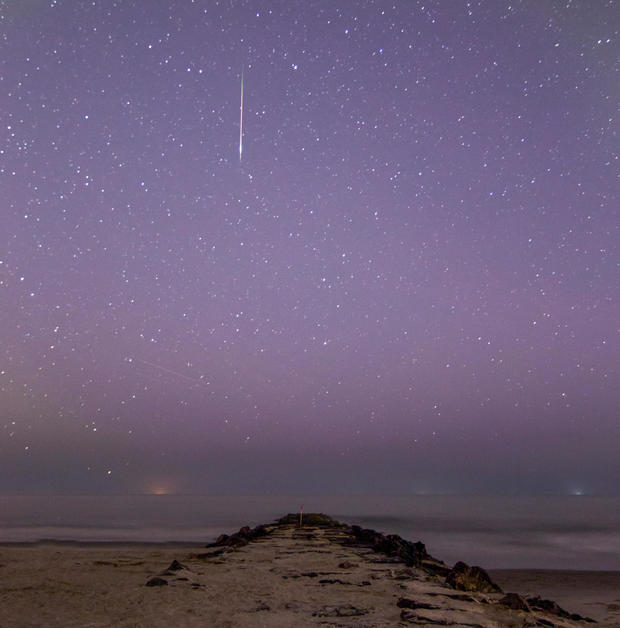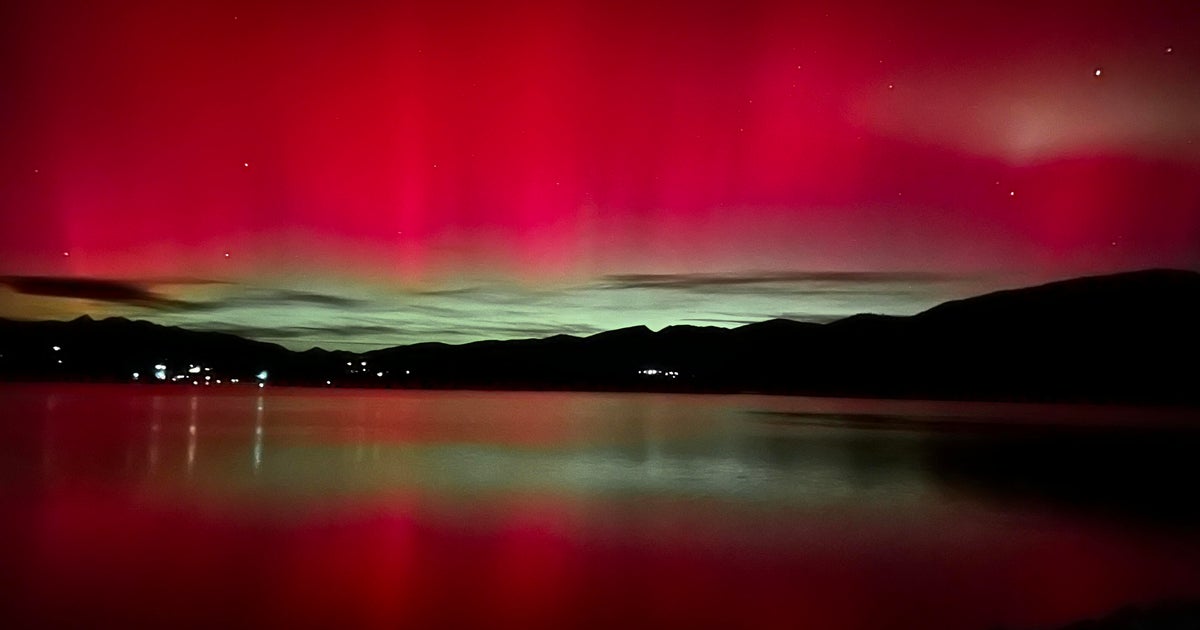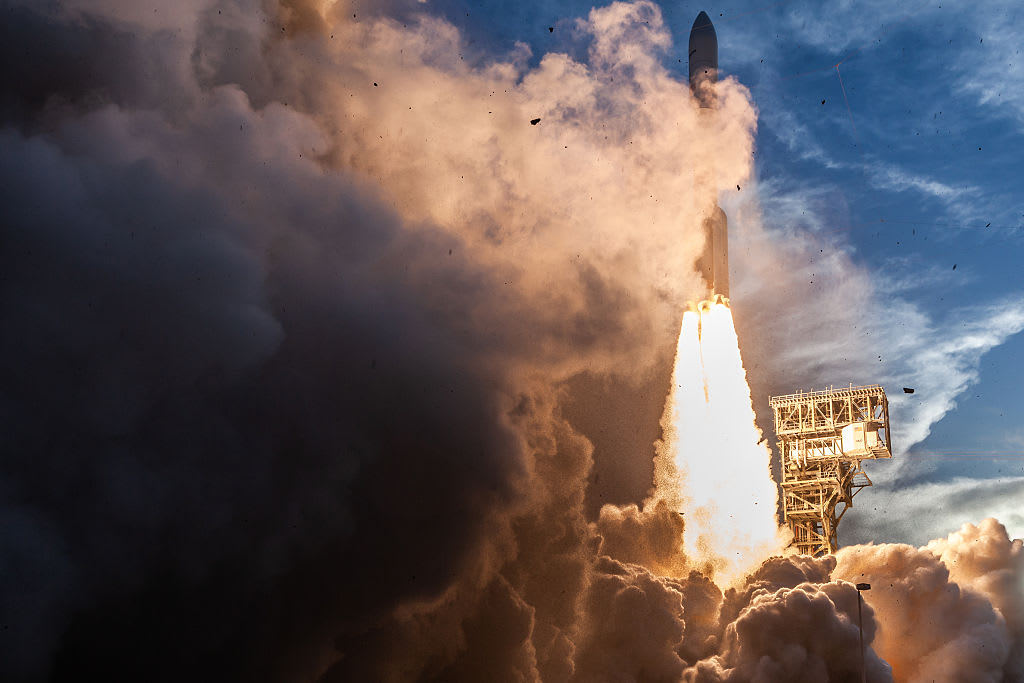When and where to watch the Perseid meteor shower, which peaks tonight
Stargazers can catch a brilliant sight in the night sky Monday night as the annual Perseid meteor shower will reach its peak into Tuesday. However, it will face bright interference this year from the moon, which is close to being completely full, NASA said.
The Perseids appear at about this time every year when Earth ventures through pieces of debris left behind by the ancient comet Swift-Tuttle. The popular meteor shower has been underway since mid-July, and on Monday night the celestial spectacle will reach its peak.
According to NASA, visible meteor rates will be down from over 60 per hour to 15-20 per hour because of the brightness of the nearly-full moon, unlike last year when there was diminished moonlight. "But the Perseids are rich in bright meteors and fireballs, so it will still be worth going out in the early morning to catch some of nature's fireworks," NASA said.
What are the Perseids?
The fireballs are released from the comet 109P/Swift-Tuttle during its numerous returns to the inner solar system. They're called Perseids because their radiant – the area of the sky where meteors appear to originate from – is located near the constellation Perseus, the American Meteor Society explained.
When to watch the Perseids
Make plans to stay up late or wake up early. NASA said the best viewing times are between 2 a.m. Tuesday local time and dawn. But the space agency warns "there will be scant few minutes of dark sky between moon set and twilight — not much time to see the Perseids."
If you're not a night owl, some meteors may be visible earlier, around 9 p.m. Monday, but not as many. If you miss the peak, the Perseids will still be around until about August 24, but with gradually diminished rates of meteors.
Where to watch the Perseids
People in the Northern Hemisphere should have the best seat in the house to catch the Perseids. Anyone trying to watch should to try to stay away from bright city lights. You don't need a telescope or any other special gear in order to watch — just give your eyes some time to adjust to the dark night sky.
In case you're not in an optimal area to watch the Perseids or local weather conditions obstruct the view, there are live streams available. The Virtual Telescope Project in Europe will share its own live feed starting at 6 p.m. ET on Monday. The NASA Meteor Watch Facebook page will have a live camera feed from Alabama starting at 9 p.m. ET Monday.






